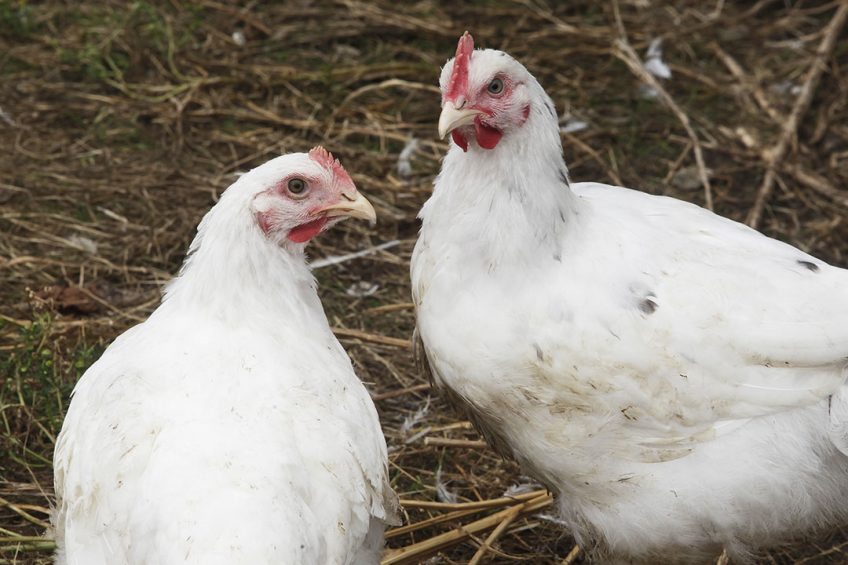Gene discovery could lead to improved vaccines for poultry

The discovery of a gene active in specialised chicken gut cells could pave the way for studies investigating the better design of vaccines.
Researchers at the Roslin Institute, near Edinburgh, said that a key gene, known as CSF1R, had been found to be active in specialised epithelial cells, which line the surfaces of tissues in the body.
That was an unexpected discovery, as CSF1R is typically expressed in cells known as macrophages, which detect and kill infection, not in epithelial cells.
The results pave the way for research looking to enhance the effectiveness of vaccines in chickens and at how pathogens invade the body.
Scientists at the Roslin Institute used transgenic reporter chickens — a method for visualising gene expression — to observe the transport of particles and pathogens by specialised epithelial cells.
These bear similarities to M cells in mammals, which have the same function. The key difference is the expression of the CSF1R gene in chicken M cells.
The Roslin Institute’s Adam Balic said: “The use of transgenic reporter chickens and imaging methods normally enables us to observe CSFR1 gene expression in macrophages, which detect and kill pathogens.
“We were surprised to find that this gene was also expressed in the chicken’s epithelium, but quickly realised that this provided an excellent opportunity to study chicken M cells at a level of detail that has not been possible before.”
The discovery was published in the journal Frontiers in Immunology and funded by the Biotechnology and Biological Sciences Research Council












